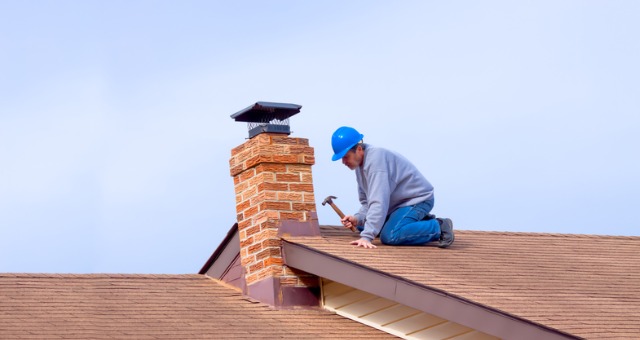By Brooke Chaplan
Collectively, your roof and siding form the outermost layer of your home. This means that they're exposed to a variety of harsh conditions and extreme weather. Despite these punishing conditions, your roof and siding must be able to maintain a high level of protection to keep the other elements of your home safe from water damage.
Related: What's the Damage? 4 Signs Your Home Needs Roof Repair Immediately
It's important, therefore, that when there's an issue with your roof or siding, you're able to determine if it's a minor problem that can be repaired or if it's a terminal problem that requires replacement. Here are a few signs to look for to help you make this determination quickly to avoid further damage:
Number of Problems
One way to determine if your roof and siding need to be repaired or replaced is by figuring out the number of problems with these areas. For example, if you notice a single leak in your roof due to a missing shingle or a nail pop, then it'll likely be far more cost-effective to simply repair your roof and fix the small amount of water damage. However, if you notice several areas of damage on your roof or siding, then replacement will likely be the best option.
Age of Materials
Another important factor that determines whether you need to repair or replace your siding or roof is the age of the materials in question. Even the best materials that contractors install have a finite lifespan due to normal wear and tear. If your siding or roof materials are nearing the end of their manufacturer-recommended lifespan, even a small problem may be cause enough for replacement instead of repair.
Location of Problem
When it comes to roofs and siding, there are some areas that are more important than others. If there's a problem with one of these components, replacement may be necessary, even if the rest of the materials are in good condition.
For example, the areas around protrusions, such as attic vents and chimneys, often experience more weathering than other parts. For siding, an important component is the moisture barrier. If moisture gets behind this, your siding will likely need to be replaced so the moisture barrier can be replaced as well.
Quality of Materials
One last consideration when determining whether to repair or replace your roof or siding is the quality of the materials that were originally used. If high-quality materials were used, repair might be easier than if low-quality, disposable materials were used.
The key here is to be able to separate the individual elements of the roof or the siding to repair only the element that's experiencing an issue. This modular trait is more often seen in high-quality materials, which is why they're more likely to be repaired than replaced.
Seek an Expert Opinion
When you're experiencing a problem with the exterior of your home, the first thing you should do is get a second opinion from a professional before you decide what to do. You may not be able to adequately recognize what needs repair. By having an expert take a look at the issue, you can be confident that your decision to repair or replace your roof or siding is the most responsible decision.
 Brooke Chaplan is a freelance writer and blogger. She lives and works out of her home in Los Lunas, N. M. She recommends looking into contractors like Lagunas Interstate Construction, LLC. She loves the outdoors and spends most of her time hiking, biking and gardening. For more information, contact Chaplan via Facebook at facebook.com/brooke.chaplan or Twitter @BrookeChaplan.
Brooke Chaplan is a freelance writer and blogger. She lives and works out of her home in Los Lunas, N. M. She recommends looking into contractors like Lagunas Interstate Construction, LLC. She loves the outdoors and spends most of her time hiking, biking and gardening. For more information, contact Chaplan via Facebook at facebook.com/brooke.chaplan or Twitter @BrookeChaplan.








